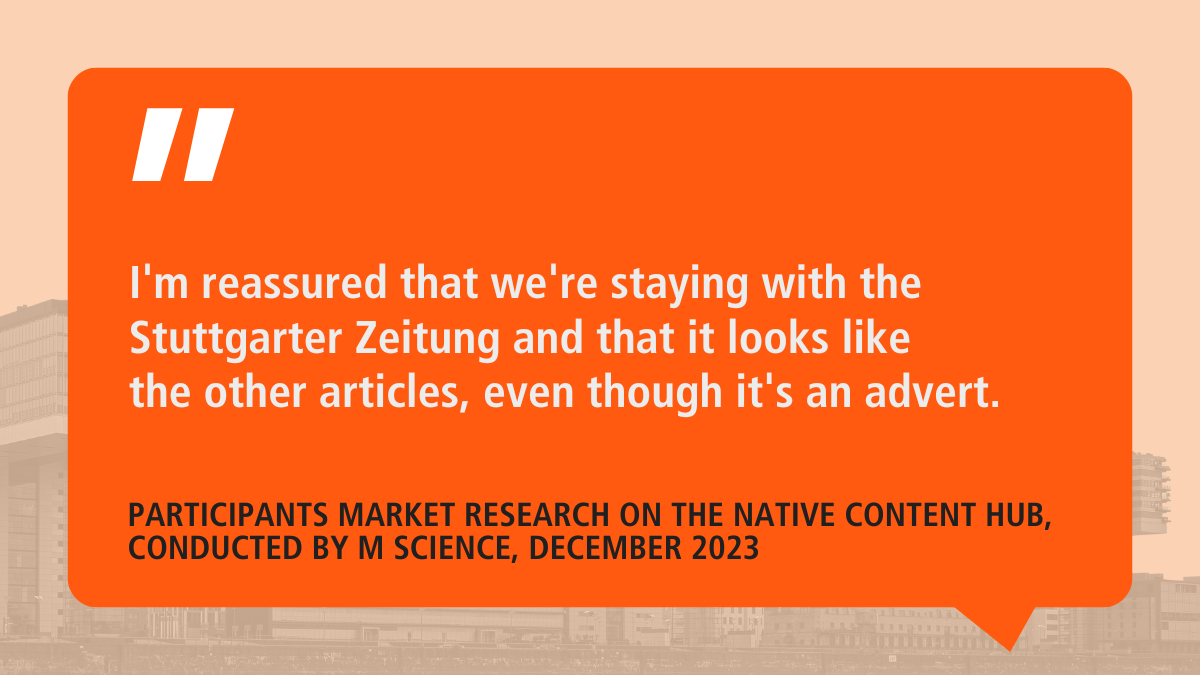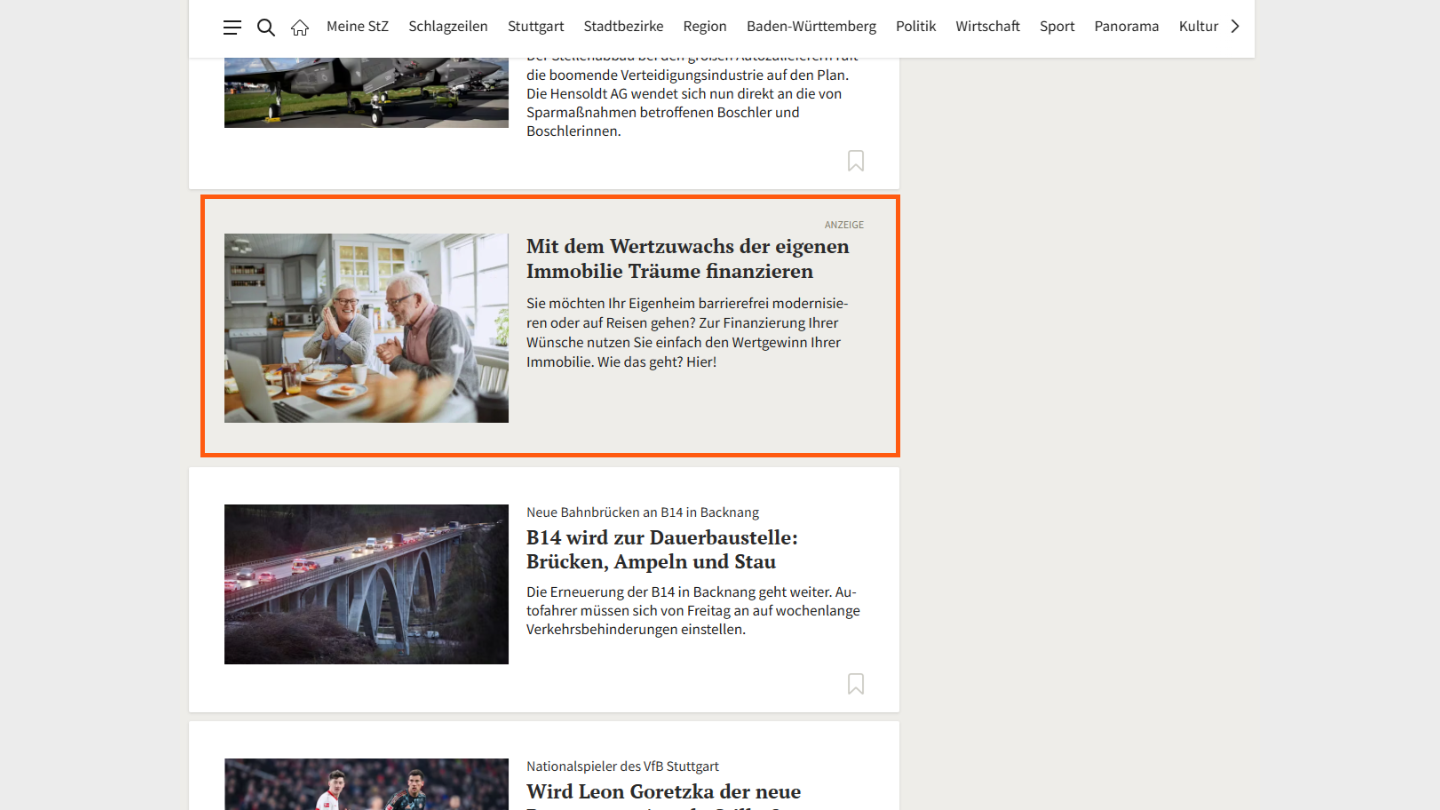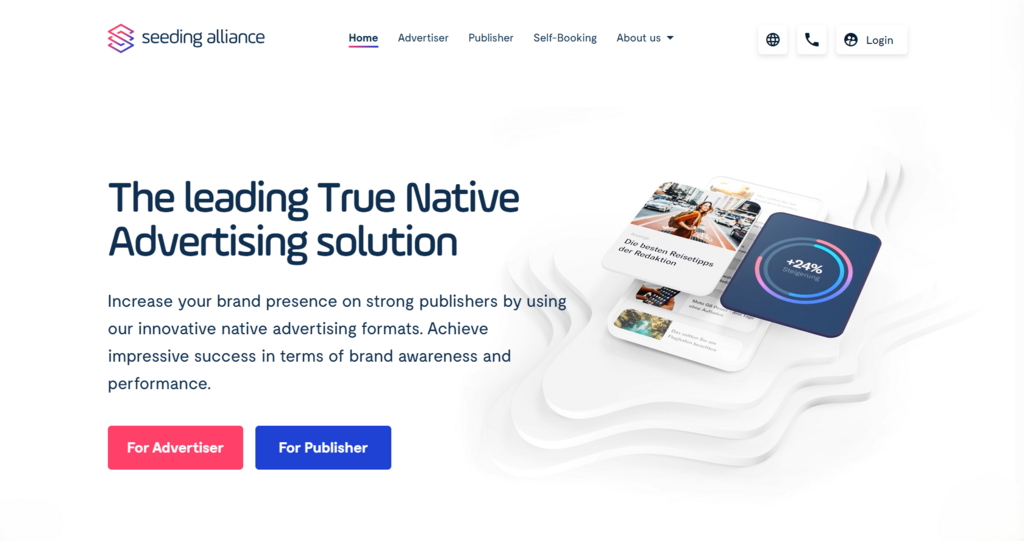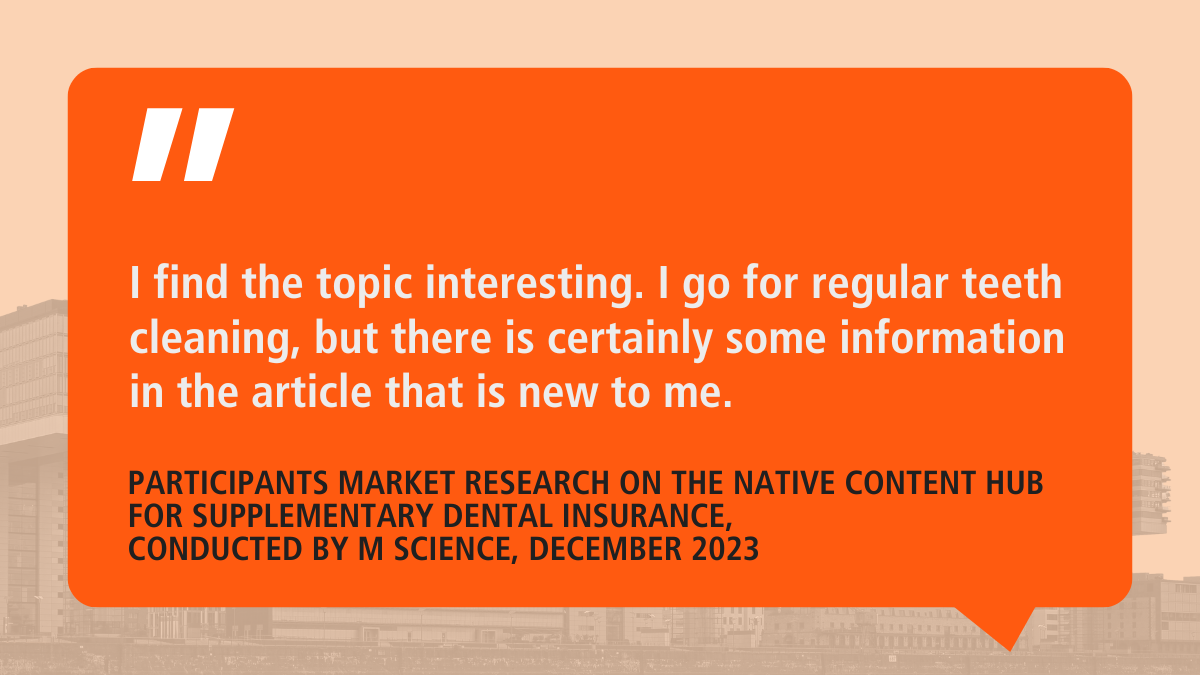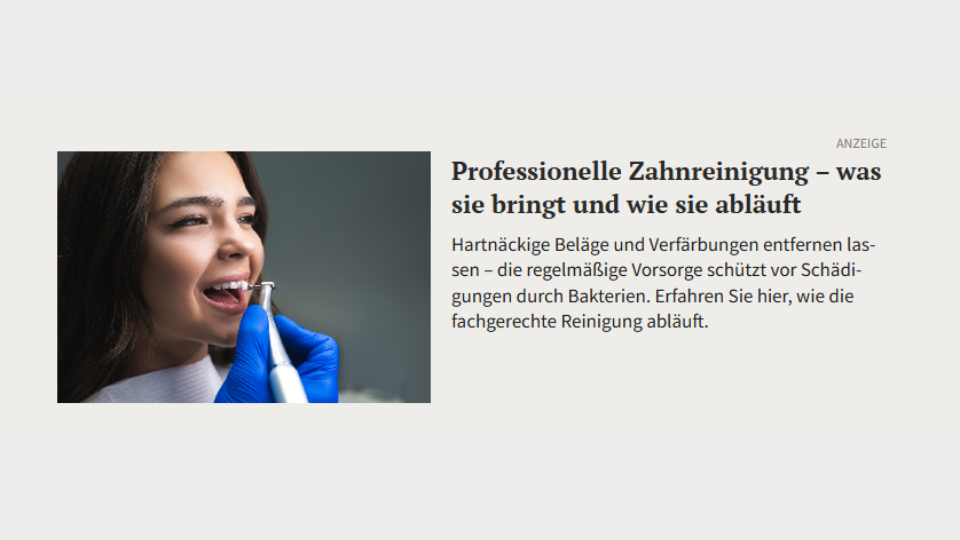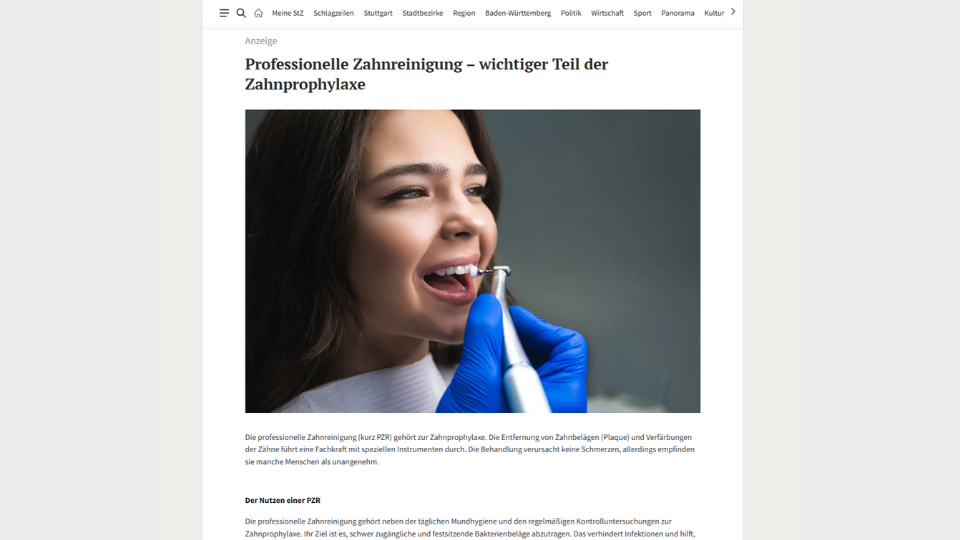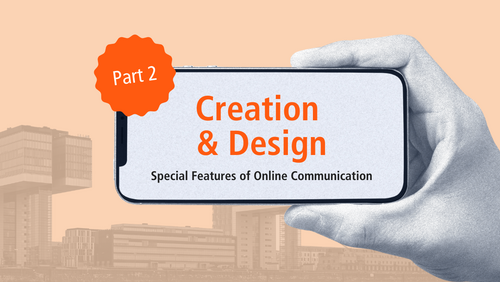
21. March 2025
Creation tips for native: Clever editorial integration of advertising messages
The mission of native advertising is easy to describe, but much harder to achieve: Users should click on ads because they provide them with relevant and useful information. In terms of creative, this can sometimes be a razor's edge. So here are the best tips for creating native assets.
Attract attention, build trust and generate reach: These are the three promises that make native advertising so appealing to advertisers. This is achieved by embedding advertising messages, products or services within a publisher's editorial environment that is familiar to users. Integrated into the natural reading flow, native placements offer the opportunity to include more information and, depending on the format, to convey complex contexts. Brands also benefit from the reach of publishers and the positive transfer of trust that familiar publications generate among users.
The real thing
True Native
The next step up from native advertising is true native advertising. The difference: The ad formats are displayed in exclusive, unobtrusive spaces above the fold, i.e. directly visible. They are therefore directly on the user's information path and appear in the publisher's look and feel. As a result, they achieve an engagement rate that is more than 50 percent higher compared to formats in the Reco-Feed, the collection of ads at the bottom of a page.
Market research confirms
Native is advertising that is not annoying
M Science research proves it: Users tend not to be bothered by the fact that they are consuming advertising with native ads. Because the formats are clearly labelled with the word “ad”, there is no click-baiting. The key is to meet user expectations.
How advertising messages ignite - gently
Creation tips for native assets
But how do you achieve this balance between message, product and editorial value? These are the five golden rules:
- Don't make promises you can't keep.
Users now have a very keen sense of click-baiting. If content promises are not kept, they will bounce and not return.
- Get to grips with the products/services you want to promote.
Find the USPs that ideally differentiate them from the competition and communicate them.
- Look at the subject matter of the products/services.
Products/services have a benefit in the life of the user. Start here to link the message to people's everyday lives.
- Work editorially clean.
Information and facts, both about the products/services and the editorial value added, must be researched without error and edited into a high-quality article.
- Ask yourself: Would I click on this now?
You are a user yourself. If you wouldn't click because something seems too promotional or dubious, others might not either.
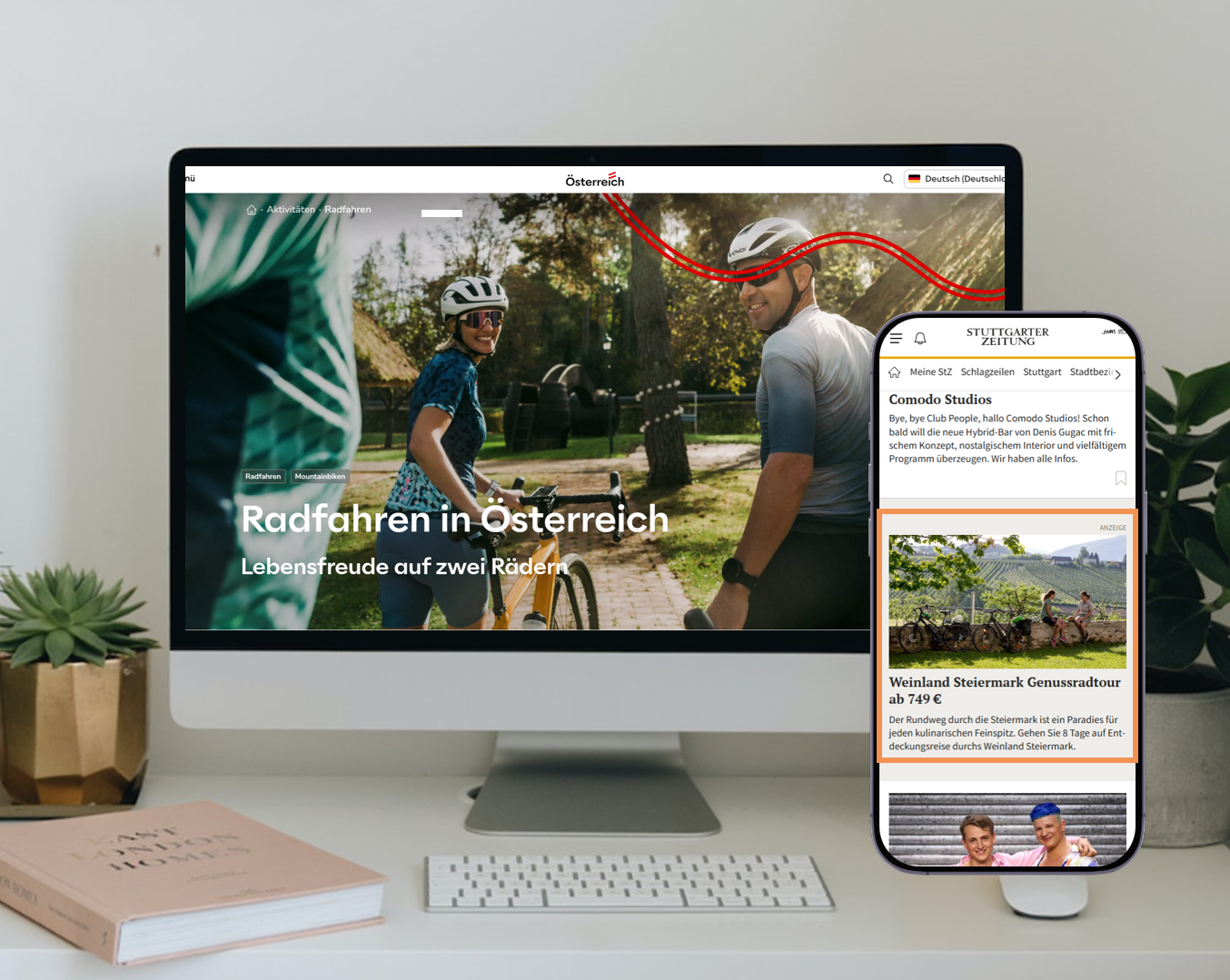
Short vs. long
Tips for format differences
Native advertising formats basically fall into two categories. Those that have a teaser and lead directly to the client's destination page, and those that lead from a teaser to an advertorial environment before going to the destination page.
A teaser can be up to 200 characters long. This is roughly equivalent to two sentences. After that, users are taken straight to the customer. There's not a lot of room to get your message across editorially without resorting to click-baiting. That's why you should focus on rules 1, 2 and 4 for short formats: Communicate the unique selling proposition in a factual way without promising too much.
Can it be a little longer?
Image-text teasers that lead to advertorial environments
Logically, longer formats also leave more space for content outside the product/service being advertised. The rule of thumb here is therefore:
Image-text teaser:
- The teaser should primarily address users in their living environment (rule 3).
- The unique selling point of the product/service (rule 2) can, but does not have to, be communicated at this point.
Advertorial(s):
- All five golden rules should be applied when creating advertorials.
- However, there is one format, the Native Content Hub, which combines up to eight advertorials under one roof.
- Advantage: You do not have to cram all the information and rules into one article, but can organise them thematically.
Conclusion
Native advertising is a success with the right creative!
Native is an effective form of advertising when the message delivers what it promises and perhaps even provides additional information. With the five golden rules of asset creation, nothing can go wrong.
Inspired for your next online campaign? Over the next few months, we will be running a series of blogs exploring the key elements of online creative, showing different ways to interact and inspiring you with innovative, technology-led success stories. Stay tuned!
Media content in this blog post was created with the help of AI.



